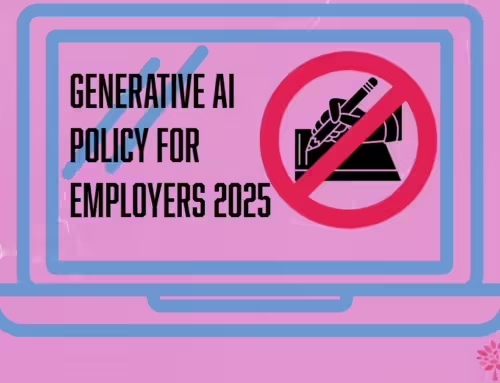In April 2022 the Living Wage is set to go up to a top rate of £9.50 per hour a 6.6% increase on the current top rate of £8.91, which in light of inflation is likely to mirror the headline inflation of 7% for this year.
This in itself is good news for workers up and down and the country as they grapple with rising costs at home and the need to maintain a lifestyle for themselves and their family, but for employers this increase in the top rate for those over the age of 23 is likely to cause problems further up the pay chain as the differential between workers in receipt of the living wage and those in other roles is eroded.
Based on a 40 hour week, a living wage of £9.50 per hour equates to annual salary of £19,760, with many general admin and customer service roles paying early £20k (e.g £21k = £10.09 per hour), employers may be faced with employees who suddenly perceive that their role which may be seen as being semi skilled, or technical in nature, now being in the same salary area as roles that are seen as being less skilled.
This is likely to lead for claims for higher wage increases for those semi skilled or technical workers in order to maintain the pay differential and the perceived status that their role is of more value than a living wage role.
Why this happens is explained rather well by a piece of motivational theory developed by J. Stacey Adams’ – referred to Adam’s equity theory, where Adams believes that to be motivated, individuals need to perceive that the rewards they receive for their contributions are fair, and these rewards are similar to those received by their peers. If individuals perceive that their rewards are not fair, they will feel distressed and try to change things to create a sense of fairness (see here)
Putting it simply, I get a sense of my own self worth by comparing my income to others, and if I perceived I am being paid fairly for my skills and contribution compared to others then I am likely to be okay. If I feel that my pay does not reflect my skills and contribution when compared to others, then I am likely to feel less motivated and may seek to change this by asking for an increase, removing my willingness to work hard or looking outside of the company for another role.
For those roles that have paid marginally more than the living wage and have been described as being semi skilled in some way, this latest increase is likely to squeeze employers further in to paying more simply to maintain a meaningful differential in pay and to sustain contribution levels, especially in a tight labour market.
| Rate from April 2022 | Current rate (April 2021 to March 2022) | ||
|---|---|---|---|
| National Living Wage | £9.50 | £8.91 | 6.6% |
| 21-22 Year Old Rate | £9.18 | £8.36 | 9.8% |
| 18-20 Year Old Rate | £6.83 | £6.56 | 4.1% |
| 16-17 Year Old Rate | £4.81 | £4.62 | 4.1% |
| Apprentice Rate | £4.81 | £4.30 | 11.9% |
| Accommodation Offset | £8.70 | £8.36 | 4.1% |
For more information on pay in 2022, please see the CIPD Autumn Outlook which suggested private sector employers were considering an average increase of 2.5% in pay for 2022.




